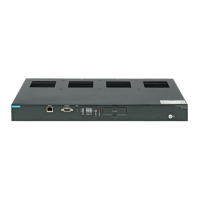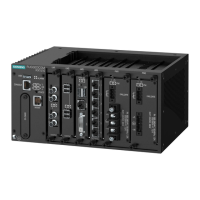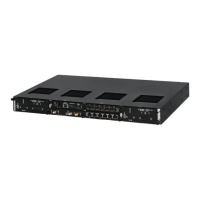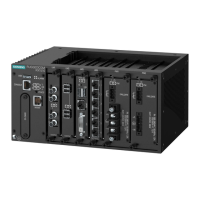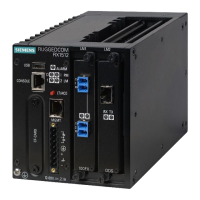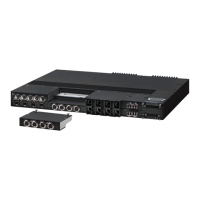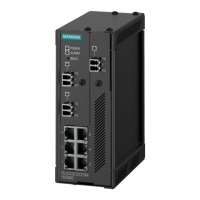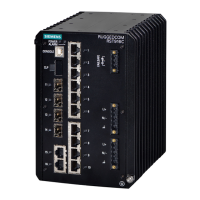Chapter 5
Setup and Configuration
RUGGEDCOM ROX II
User Guide
724 Managing VLANs
1. Navigate to switch » spanning-tree and click clear-stp-stats in the menu. The Trigger Action form
appears.
Figure 836: Trigger Action Form
1. Perform Button
2. Click Perform.
Section 5.35
Managing VLANs
A Virtual Local Area Network (VLAN) is a group of devices on one or more LAN segments that communicate as if
they were attached to the same physical LAN segment. VLANs are extremely flexible because they are based on
logical connections, rather than physical connections.
When VLANs are introduced, all traffic in the network must belong to one VLAN or another. Traffic on one VLAN
cannot pass to another, except through an inter-network router or Layer 3 switch.
VLANs are created in three ways:
• Explicitly
Static VLANs can be created in the switch. For more information about static VLANs, refer to Section 5.35.4,
“Managing Static VLANs”.
• Implicitly
When a VLAN ID (VID) is set for a Port VLAN (PVLAN), static MAC address or IP interface, an appropriate
VLAN is automatically created if it does not yet exist.
• Dynamically
VLANs can be learned through GVRP. For more information about GVRP, refer to Section 5.35.1.7, “GARP
VLAN Registration Protocol (GVRP)”
For more information about VLANs, refer to Section 5.35.1, “VLAN Concepts”.
The following sections describe how to configure and manage VLANs:
• Section 5.35.2, “Configuring VLANs for Switch Ethernet Ports”
• Section 5.35.3, “Configuring the Internal VLAN Range”
• Section 5.35.4, “Managing Static VLANs”
• Section 5.35.5, “Managing Forbidden Ports”
• Section 5.35.6, “Managing VLANs for HDLC-ETH Connections”
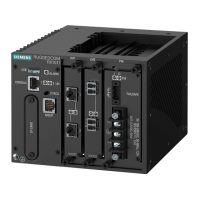
